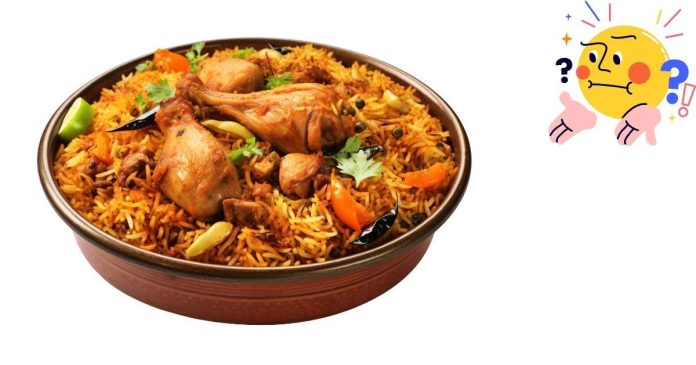Indian food is a vibrant mosaic of flavors, aromas, and traditions that reflect the country’s diverse cultural and geographical landscape. Unlike the often homogenized versions of Indian cuisine found in other parts of the world, the food in India is incredibly varied, deeply rooted in regional identities, and influenced by history, climate, and local ingredients. Here’s a closer look at what makes Indian food in India so unique.
Regional Diversity
India’s culinary identity is largely defined by its regions, each offering a distinct set of flavors and dishes:
- North India: Known for its rich, creamy curries like butter chicken, palak paneer, and dal makhani, North Indian cuisine often features breads like naan, roti, and paratha. The use of dairy products like ghee, yogurt, and cream is prominent.
- South India: A stark contrast to the North, South Indian food is spicier and lighter. Staple dishes include dosa, idli, and sambar, often served with coconut-based chutneys. Rice plays a central role, paired with tangy tamarind-based curries and seafood.
- West India: Maharashtra, Gujarat, and Rajasthan showcase bold and varied flavors. From the spicy vindaloos of Goa to the sweet-savory dishes of Gujarat, the region balances spice with sweetness. Rajasthan’s cuisine, influenced by its arid climate, features hearty dishes like dal baati churma.
- East India: The eastern states like Bengal and Assam are famous for their love of fish and rice. Bengal’s sweets, like rasgulla and sandesh, are legendary, while Assam’s cuisine often features bamboo shoots and mustard seeds.
Local Ingredients
Indian food thrives on fresh, seasonal, and local ingredients. Markets in India brim with vibrant vegetables, fragrant spices, and a variety of lentils and grains. Regional cuisines heavily rely on what is readily available in their surroundings. For instance, coastal regions use coconut and seafood extensively, while northern areas embrace wheat and dairy.
Spices and Aromatics
India’s mastery of spices is unparalleled. The hallmark of Indian cooking lies in its intricate spice blends, such as garam masala, sambar powder, and panch phoron. Spices are used not only for flavor but also for their health benefits. Turmeric, cumin, coriander, and cardamom are staples that contribute to the distinctive aroma and taste of Indian dishes.
Street Food Culture
Indian street food is a world of its own, offering an explosion of flavors in every bite. From the tangy pani puri and bhel puri in Mumbai to the steaming momos of the northeast, street food captures the essence of local flavors and culinary ingenuity. Vendors often use fresh ingredients and bold spices to create dishes that are as satisfying as they are affordable.
Dining Experiences
In India, meals are a communal affair, reflecting the importance of family and hospitality. Traditional meals are often served on banana leaves or metal thalis, offering a variety of dishes that create a balance of flavors — sweet, salty, sour, bitter, and spicy. The act of eating with hands, common in many parts of India, is believed to enhance the sensory experience.
Fusion and Modern Trends
While traditional cuisine remains central, Indian food in India is also evolving. Urban centers are embracing fusion dishes and global influences. For example, Indian-Chinese cuisine, with dishes like chili chicken and Hakka noodles, is immensely popular. Fine-dining establishments are reimagining classic recipes with innovative techniques and presentations.
The Role of Festivals
Indian festivals are incomplete without their signature dishes. From the sweet modaks of Ganesh Chaturthi to the savory gujiyas of Holi, food plays a central role in celebrations, symbolizing joy and abundance.



